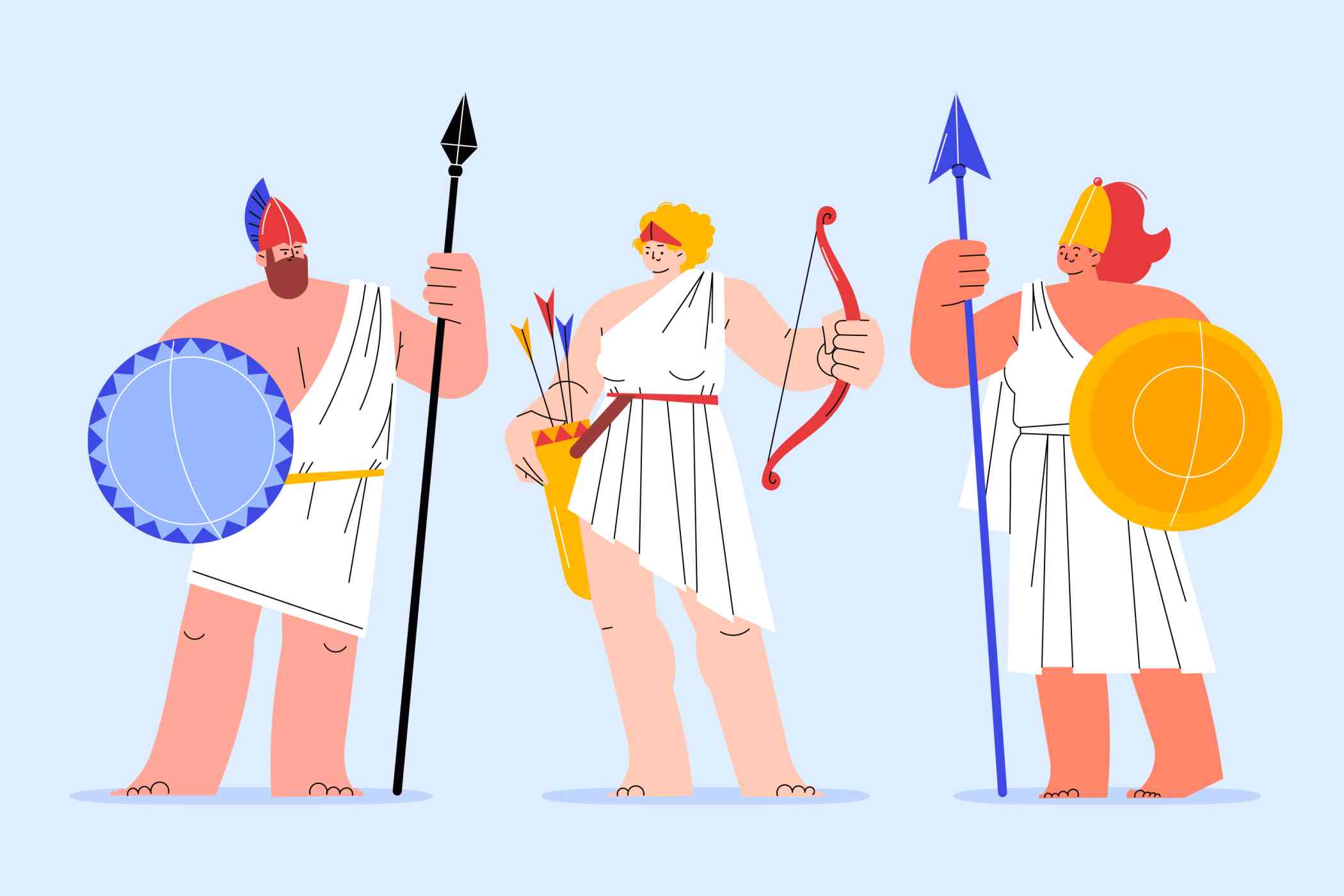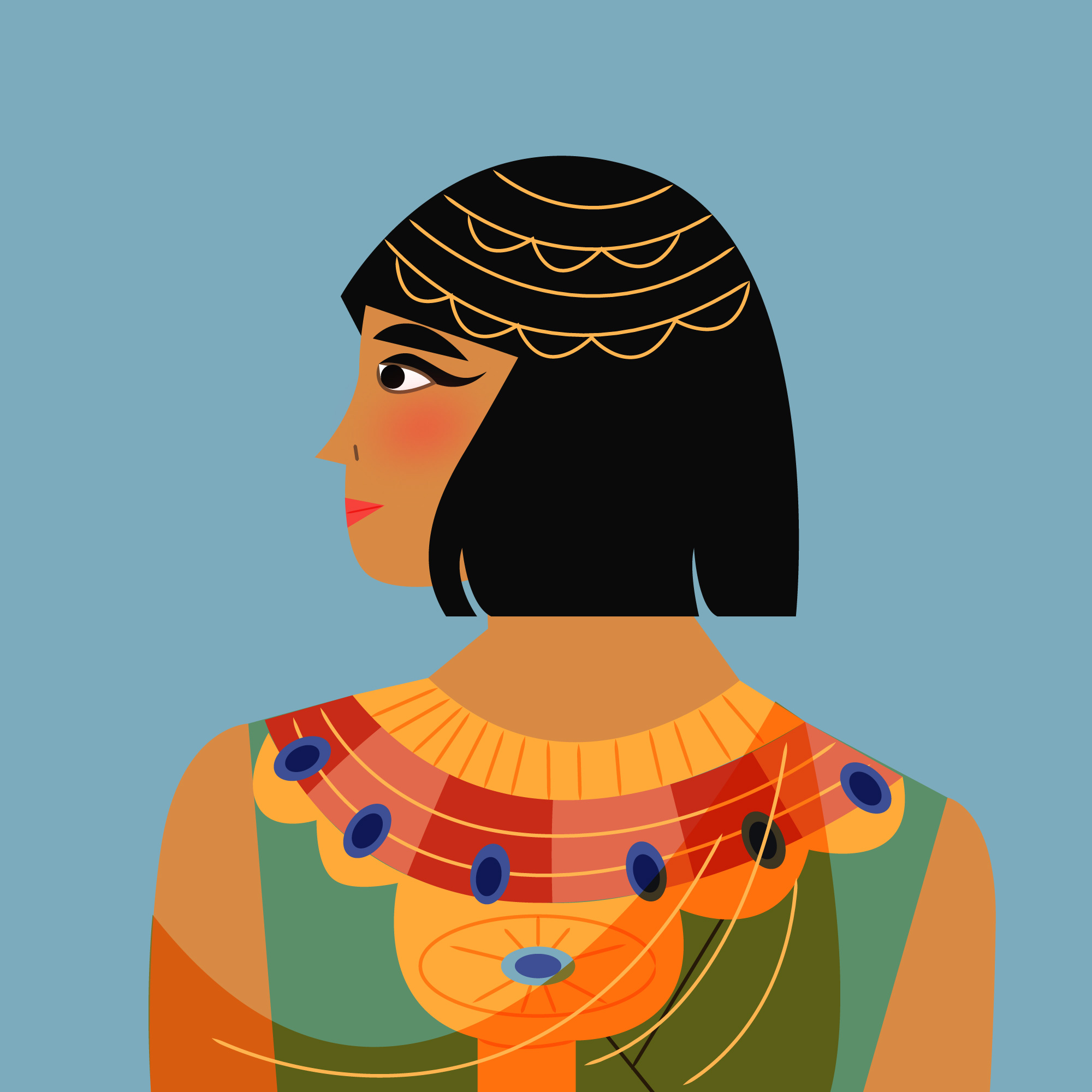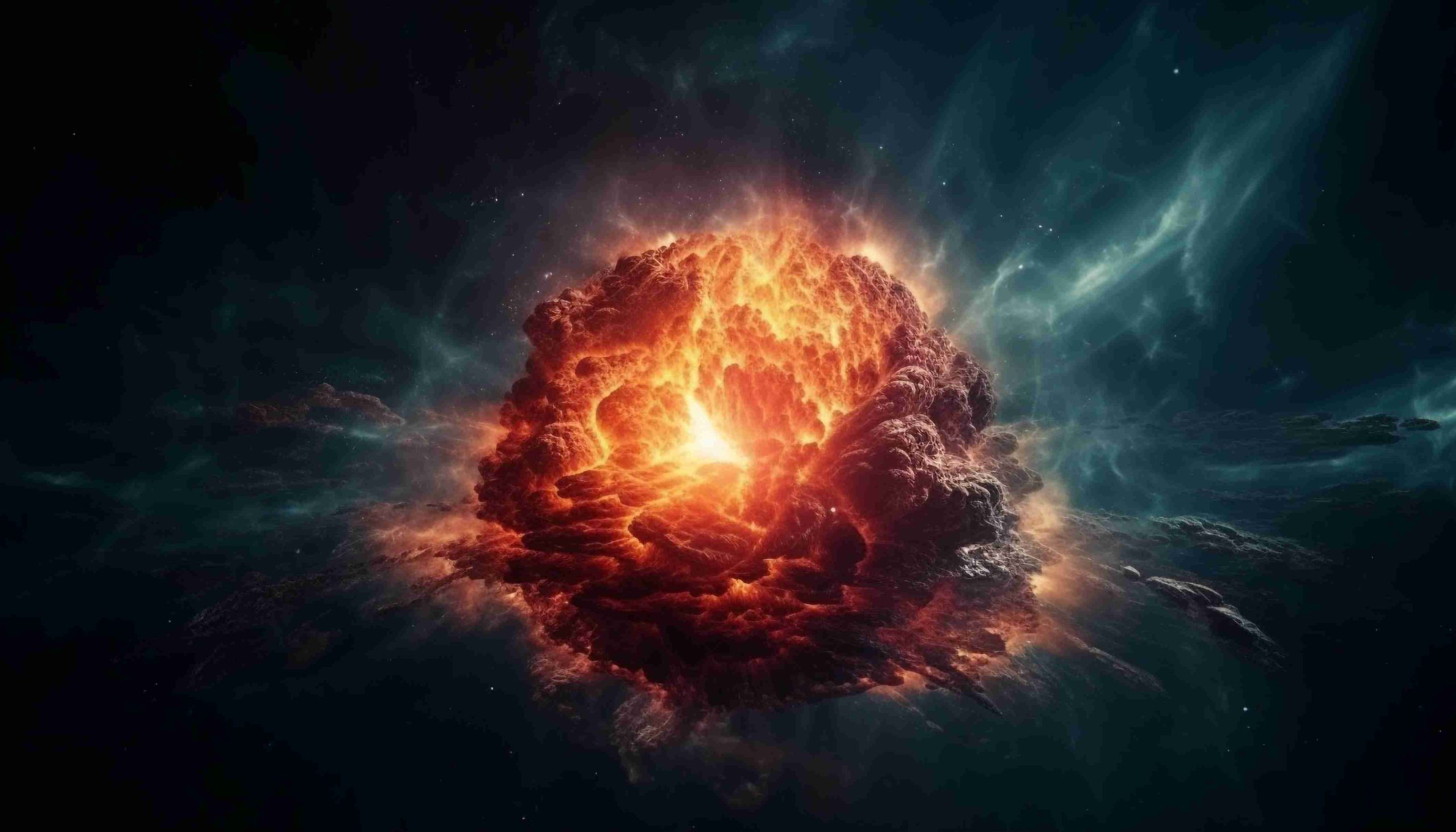Religions in context with science have always been under discussion since the olden times. One could witness that wonderful relationship of scientific astronomy placed in the patronage of Islamic scholarship during the time of the Islamic Golden Age, which extended from the 8th-14th centuries. Progress was significantly made in this period, largely through integration with the Islamic faith and promoting the blending of spirituality and the pursuit of knowledge.
One of the most significant anchoring components of Islamic astronomy was the Quran itself. Islamic scholars saw studying the cosmos as a way of appreciating the greatness of that which was told in their holy writings; verses captured earlier astronomers that inspired them to observe the natural world and get involved in ferreting out celestial phenomena. It fired their piety to the heavens, which turned up into improvements in all observational techniques and theoretical architectures.
Names such as Al-Khwarizmi and Al-Battani came to the mind in this time. They were primarily responsible for giving the astronomical world volumes and works of observation . Al-Khwarizmi, dubbed the father of algebra, invented techniques associated with problem-solving in astronomy and perfected tables of the sun, moon, and planets with great accuracy. His works formed the backbone of future European scholars who also used the term “algorithm” derived from his name.
Al-Battani’s overall contribution was very important. The measurements he took of the solar year and lunar cycles surpassed even those of the more illustrious predecessors. His work, Kitab al-Zij, contained excellent star catalogs and methods for calculating the position of celestial bodies. This text became a central point of reference for later astronomers of the Islamic world and Europe during the Renaissance.
It was the building of observatories that represented a great leap in Islamic astronomy. Among the most advanced would be the Maragheh Observatory in Persia and the Ulugh Beg Observatory in Samarkand. These institutions brought together some of the brightest inquisitors into the heavens. They provided big, heavy instruments, from astrolabes to armillary spheres, to make meticulous observations, thus improving the accuracy of their astronomical information massively. The works that came out from those observatories often went beyond quite easily geographical borders and impacted astronomy across continents.
The Islamic astronomy also manifests in the principles of mathematics laid down for example in trigonometry as an important aspect in navigation and further explorations on heavenly bodies. Scholars like Nasir al-Din al-Tusi laid the foundations for trigonometry as it has come to be understood today-this is the geometrical aspect integrated with astronomy. The Tusi couple, a mathematical device he introduced, helped solve the problem of planetary motion, affecting later centuries’ Copernican models.
Such contributions stand testament to the very intersection of faith and science. It was during this phase of human history when the Islamic Golden Age was characterized by a close working relationship where belief and spirituality promoted scientific search and inquiry.
This phase of human history presented not only a sanctuary of all antiquities of the Greek and Roman past but also the initiation of innovations that would stand to influence the way forward in astronomy.
The history and science students will learn about this fruitful patchwork of contributions and recognize the value of faith as an important propeller of intellect. The period of the Islamic Golden Age brings forth how in times past, belief and reason could coexist, inspiring generations to be curious and yet reverent about all the mysteries of the universe.







